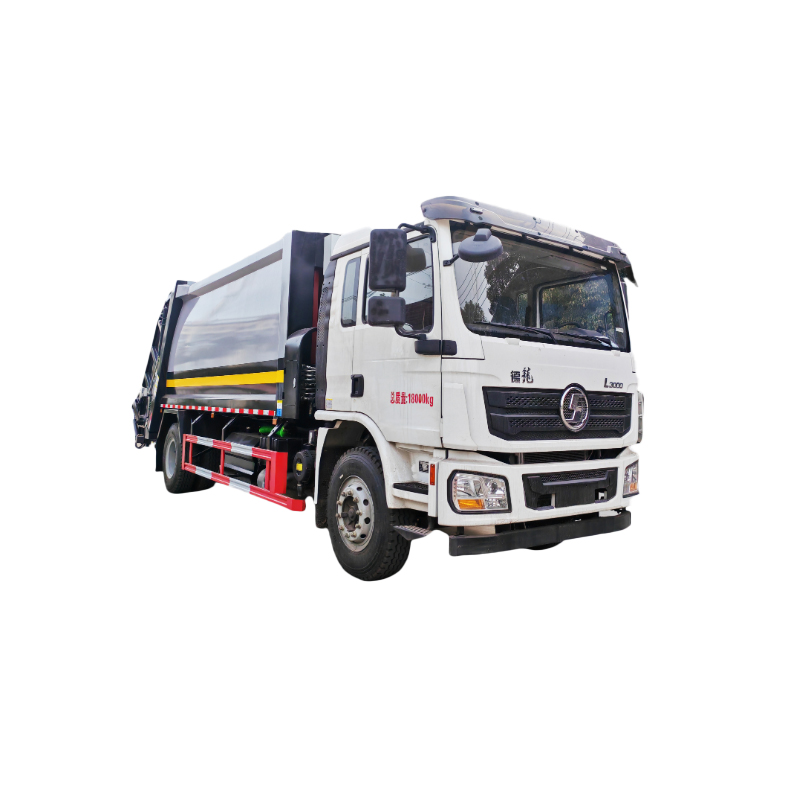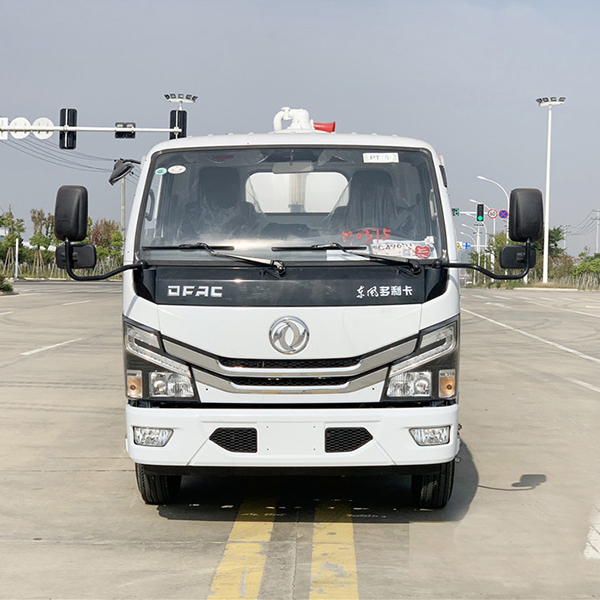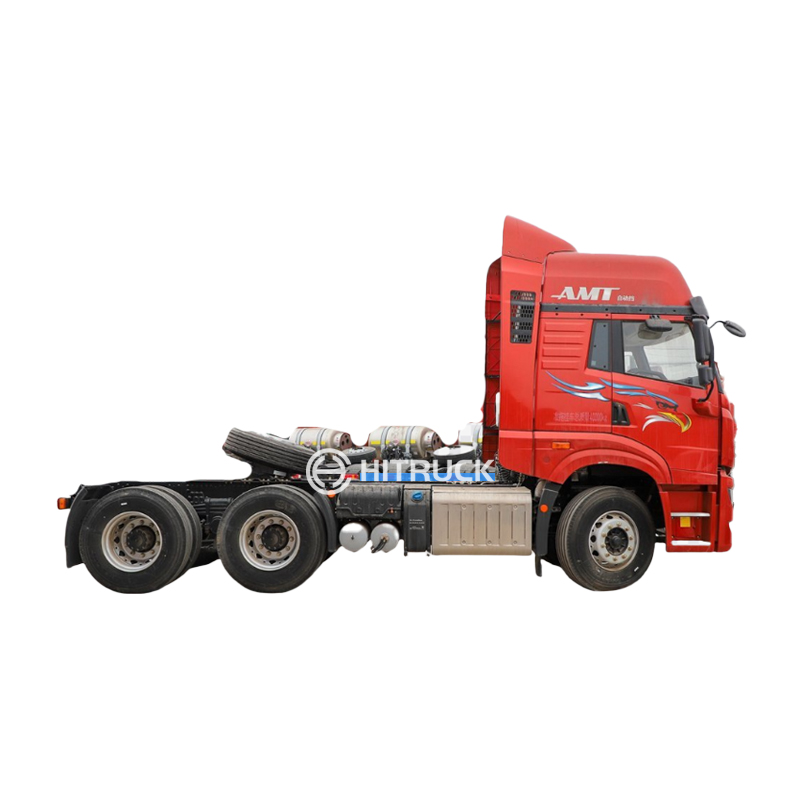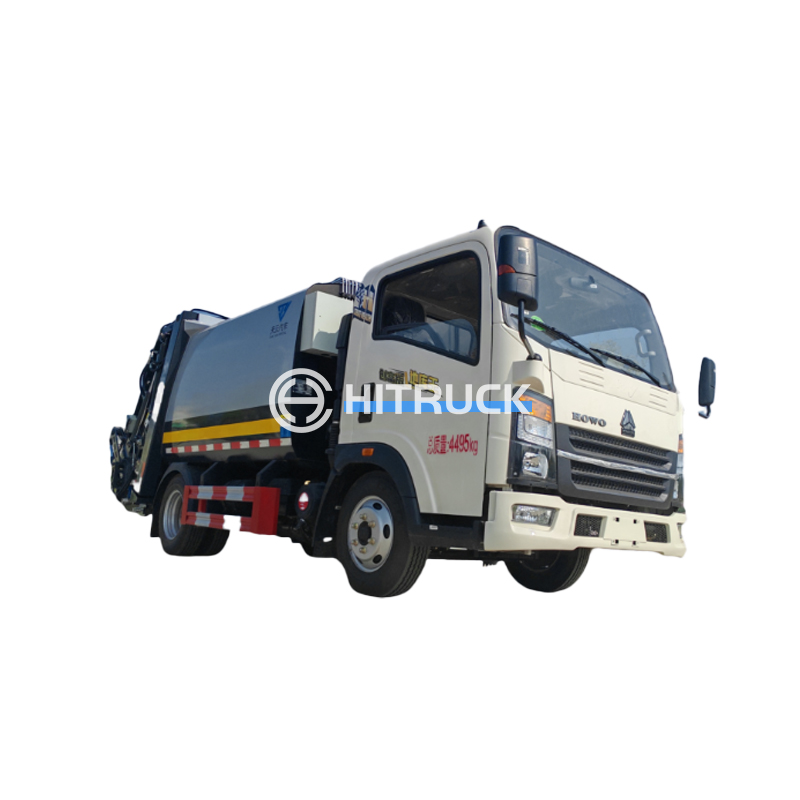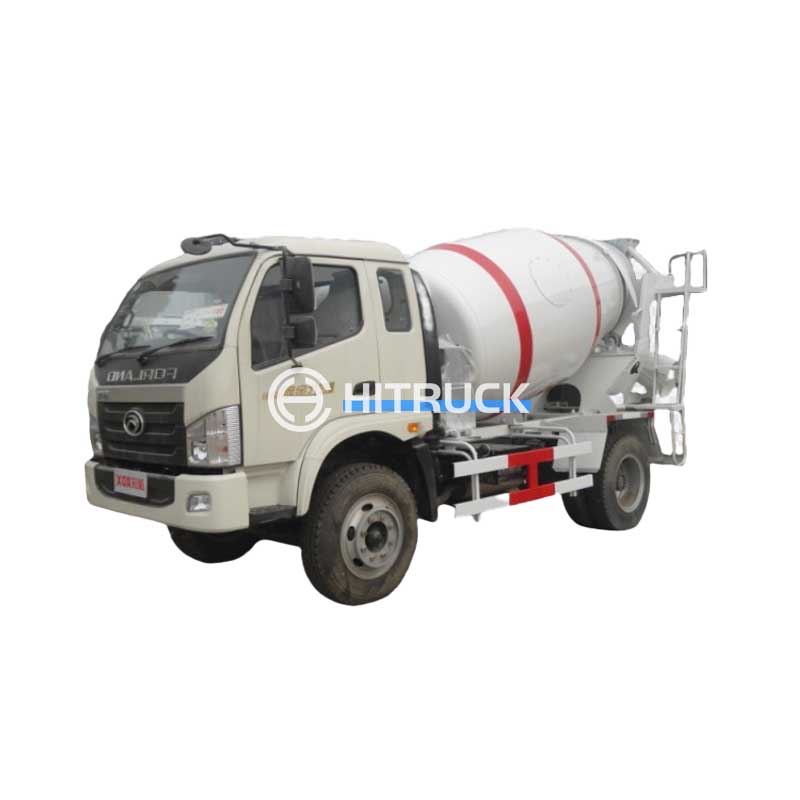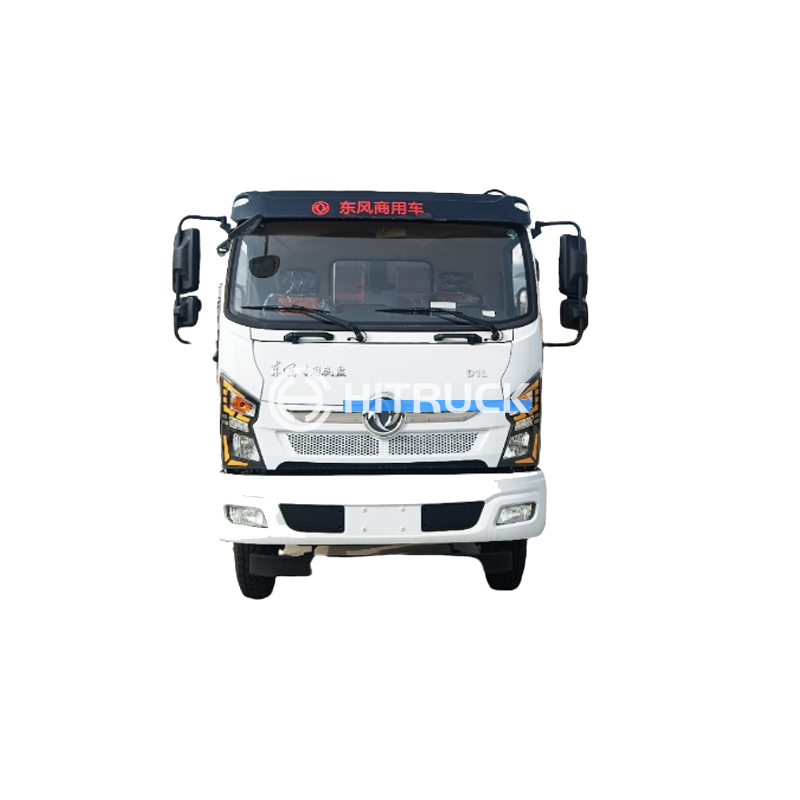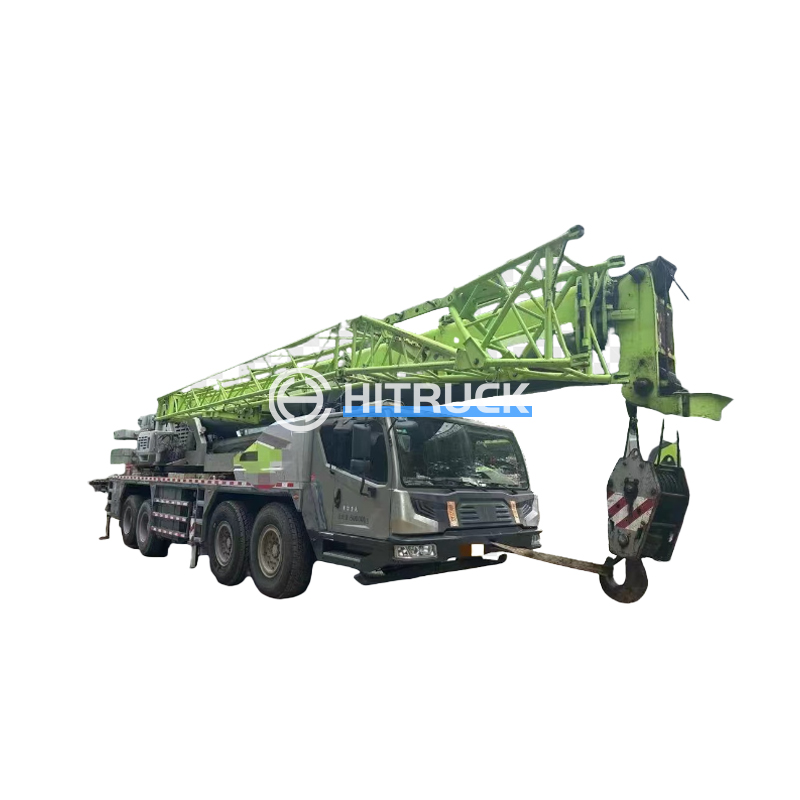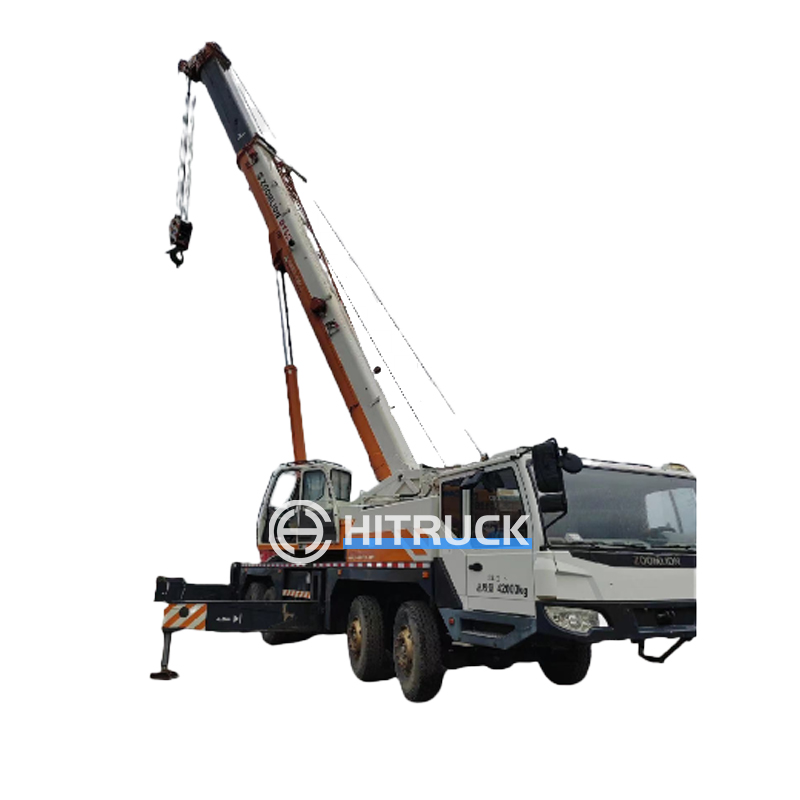This comprehensive guide explores the diverse world of overhead crane trolleys, providing essential information to help you choose the ideal trolley for your specific lifting needs. We'll cover different types, key features, considerations for selection, and maintenance best practices. Whether you're a seasoned industrial professional or new to material handling, this guide will equip you with the knowledge to make informed decisions.
Manual overhead crane trolleys are typically used for lighter loads and shorter spans. They rely on hand-operated mechanisms, making them a cost-effective solution for simple lifting tasks. Their simplicity translates to ease of maintenance, but their limitations in terms of lifting capacity and speed should be considered. Look for features like smooth-rolling wheels and durable construction for extended lifespan.
Electric overhead crane trolleys offer significantly improved efficiency and capacity compared to manual models. Powered by electric motors, they provide faster lifting speeds and can handle heavier loads. These trolleys come in various configurations, including chain hoists, wire rope hoists, and motorized versions. Consider factors such as lifting capacity, speed, and power source compatibility when selecting an electric trolley. Proper maintenance, including regular lubrication, is crucial for optimal performance and longevity. Many models incorporate safety features like overload protection.
Beyond standard manual and electric models, specialized overhead crane trolleys exist for unique applications. These might include explosion-proof trolleys for hazardous environments, low-headroom trolleys for spaces with limited vertical clearance, or custom-designed trolleys to meet very specific requirements. Consulting with a specialist is recommended when dealing with unusual needs.
Selecting the right overhead crane trolley involves considering several crucial aspects:
| Feature | Description |
|---|---|
| Lifting Capacity | The maximum weight the trolley can safely lift. Always select a trolley with a capacity exceeding your anticipated load. |
| Span | The distance between the crane's runway beams. The trolley's design must be compatible with the specific span. |
| Speed | The rate at which the trolley moves along the runway and the hoisting speed. This impacts efficiency. |
| Wheel Design | Wheel type and material significantly affect the trolley's performance, smoothness, and durability. |
| Safety Features | Features like overload protection, limit switches, and emergency stops are essential for safe operation. |
Table data is based on general industry standards and best practices. Always refer to manufacturer specifications for specific trolley models.
Regular maintenance is vital for ensuring the safe and efficient operation of your overhead crane trolleys. This includes:
Prioritizing safety is paramount. Always follow established safety protocols, ensure proper training for operators, and conduct regular inspections to identify and address potential hazards.
When sourcing your overhead crane trolleys, it's crucial to partner with a reputable supplier who can provide quality products, expert guidance, and reliable after-sales support. For high-quality heavy-duty machinery, consider exploring options like Suizhou Haicang Automobile sales Co., LTD. They offer a wide range of options to suit diverse needs.
This guide serves as a starting point for understanding overhead crane trolleys. Remember to always consult with industry professionals and manufacturers for specific guidance related to your application.

